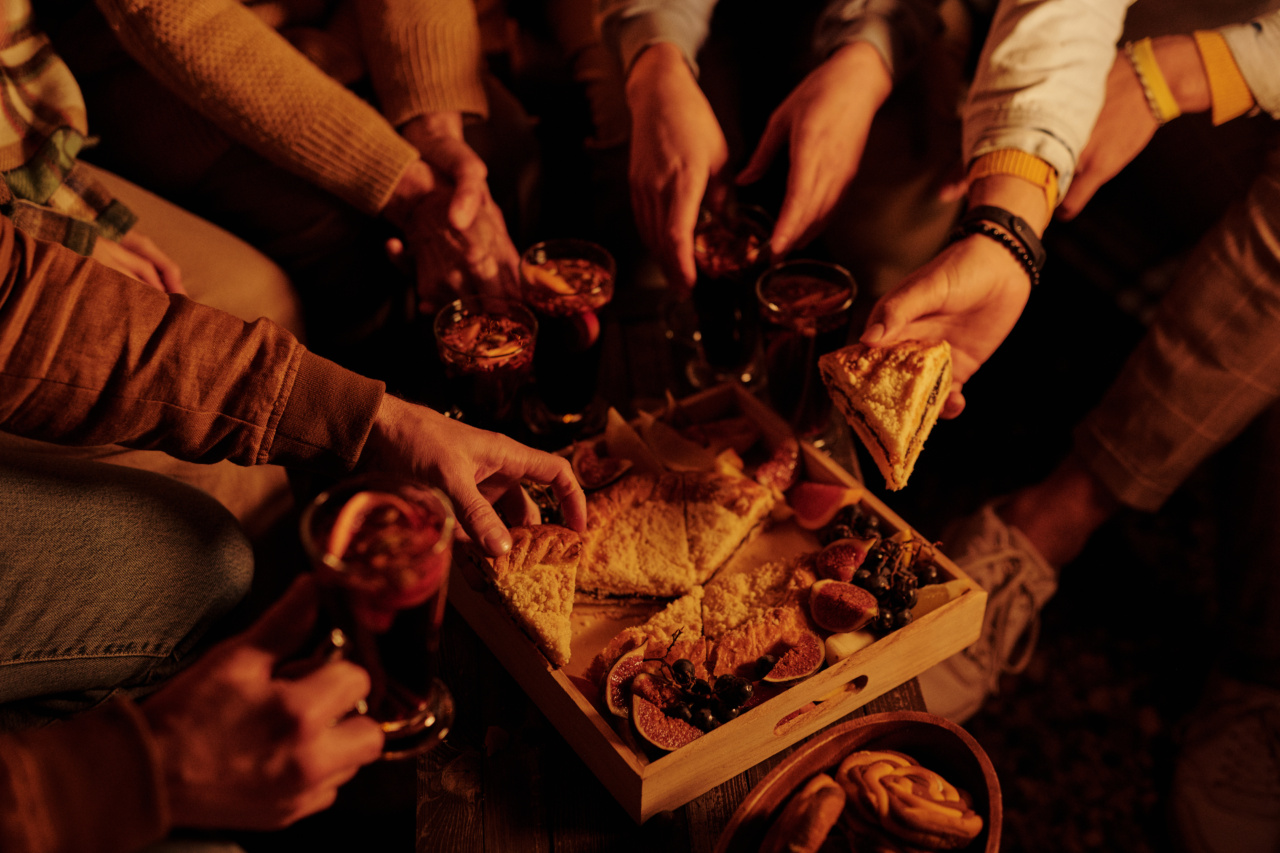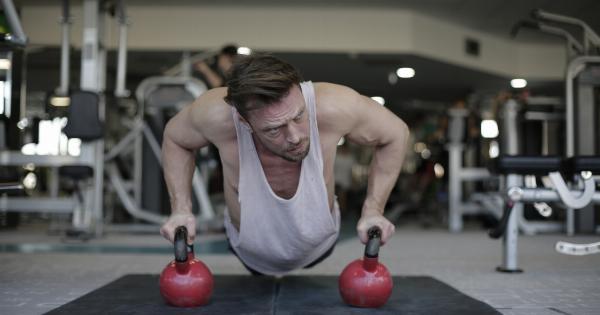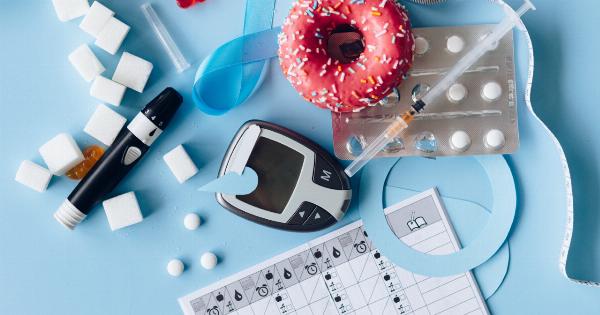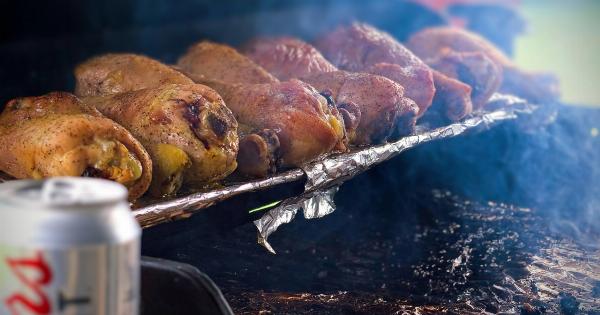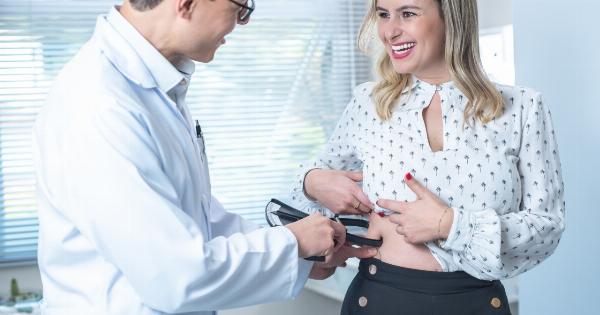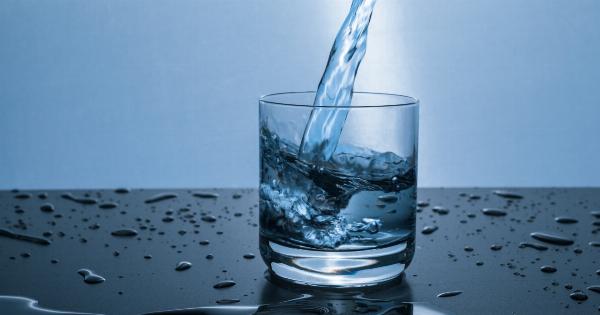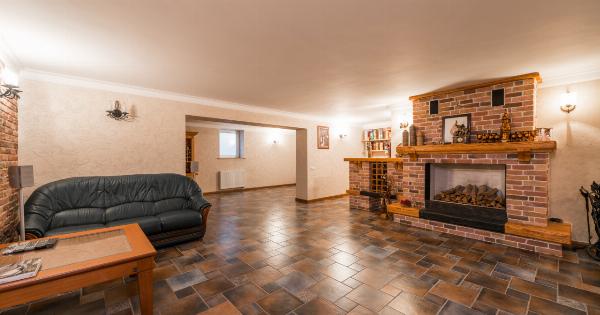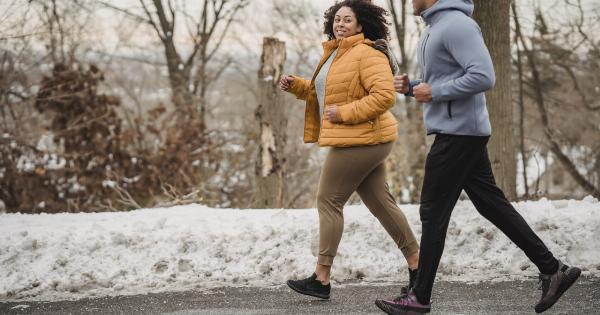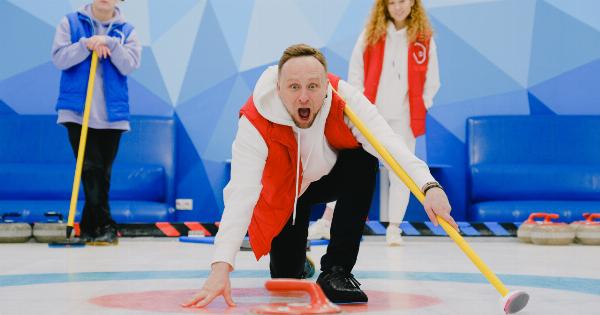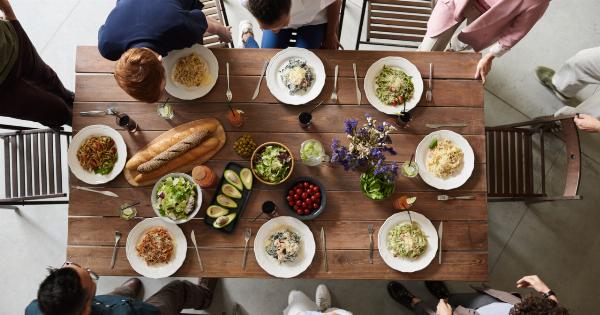For many of us, enjoying a night of drinking with friends can be a way to unwind and relax after a long week. However, it’s no secret that alcohol consumption can contribute to weight gain and hinder our fitness goals.
But have you ever wondered just how much sweat it takes to “earn” that night of drinking? In this article, we’ll explore the relationship between exercise, calories, and alcohol, shedding light on the impact of a night of drinking on your fitness journey.
Understanding Calories and Alcohol
Before we dive into the specifics, let’s establish a basic understanding of calories and their connection to alcohol consumption. A calorie is a unit of energy commonly used to measure the energy content of food and drinks.
Alcohol itself is caloric, with each gram providing approximately 7 calories, second only to fat in terms of caloric density.
The Influence of Alcohol on Weight Gain
Alcohol can hinder your fitness goals in a variety of ways. Firstly, it is important to note that alcohol itself doesn’t directly lead to fat storage.
Instead, the body metabolizes alcohol first, making it a priority over other energy sources, such as carbohydrates or fats. As a result, any excess calories from the food consumed alongside alcoholic beverages are more likely to be stored as fat.
Additionally, alcohol reduces inhibitions, making us more susceptible to indulging in calorie-dense snacks and meals. This can further contribute to weight gain and hinder weight loss efforts.
Furthermore, alcohol consumption can also impact sleep quality, which in turn affects hormone regulation and our ability to recover and build lean muscle mass.
Calculating the Calories in Your Drinks
Understanding the caloric content of different alcoholic beverages is crucial in determining how much exercise it takes to offset their consumption. Here’s a general overview of the calorie content of popular alcoholic drinks:.
- Beer: An average 12-ounce (355 ml) beer contains around 150-200 calories. Light beers can range from 95-100 calories.
- Wine: A standard 5-ounce (148 ml) glass of wine generally contains around 120-130 calories, depending on the type and sweetness.
- Liquor: One ounce (30 ml) of distilled spirits, such as vodka or whiskey, contains approximately 64-80 calories.
- Cocktails: The calorie count in cocktails varies widely due to the addition of mixers and sweeteners. Sugary cocktails, like margaritas or pina coladas, can exceed 500 calories per serving.
Exercise Required to Offset Alcohol Calories
To estimate the amount of exercise it would take to “earn” the calories from a night of drinking, we need to consider individual factors such as body weight, metabolism, and the specific drinks consumed.
However, to give you a rough idea, let’s look at approximate exercise durations required to burn off the calories from a 12-ounce (355 ml) beer:.
- Running at a moderate pace (5 mph): Approximately 20 minutes
- Cycling at a moderate speed (12-14 mph): Approximately 25 minutes
- Swimming laps at a moderate pace: Approximately 30 minutes
- High-intensity interval training (HIIT) session: Approximately 15-20 minutes
- Brisk walking: Approximately 30-35 minutes
Keep in mind that these values are estimates and highly dependent on individual factors. Your personal fitness level, body composition, and metabolic rate will influence the exact number of calories burned during exercise.
Maintaining Balance and Healthy Choices
Understanding the impact of alcohol on your fitness goals can help you make informed decisions and maintain a healthy balance.
It’s important to remember that, while indulging in a night of drinking occasionally is normal, consistency and moderation are key.
Here are a few tips for finding a balance between enjoying alcohol and maintaining your fitness goals:.
- Stay hydrated: Alternating alcoholic drinks with water can help reduce total calorie intake and mitigate dehydration.
- Choose lighter options: Opt for lower-calorie alcoholic beverages such as light beer or spirits mixed with soda water instead of sugary mixers.
- Plan ahead: If you know you’ll be indulging in drinks later, adjust your food choices and exercise routine earlier in the day to balance out the extra calories.
- Practice moderation: Set limits for yourself and be mindful of portion sizes to avoid excessive calorie intake.
- Focus on overall lifestyle: Alcohol consumption is just one aspect of your fitness journey. Prioritize regular physical activity, a balanced diet, and adequate sleep to support your goals.
Conclusion
While there is no exact answer to how much sweat it takes to “earn” a night of drinking, understanding the caloric impact of alcohol and making informed choices can help you maintain balance in your fitness journey.
By being mindful of your alcohol consumption, choosing lighter options, and incorporating regular exercise into your routine, you can enjoy socializing with friends while still working towards your fitness goals.
